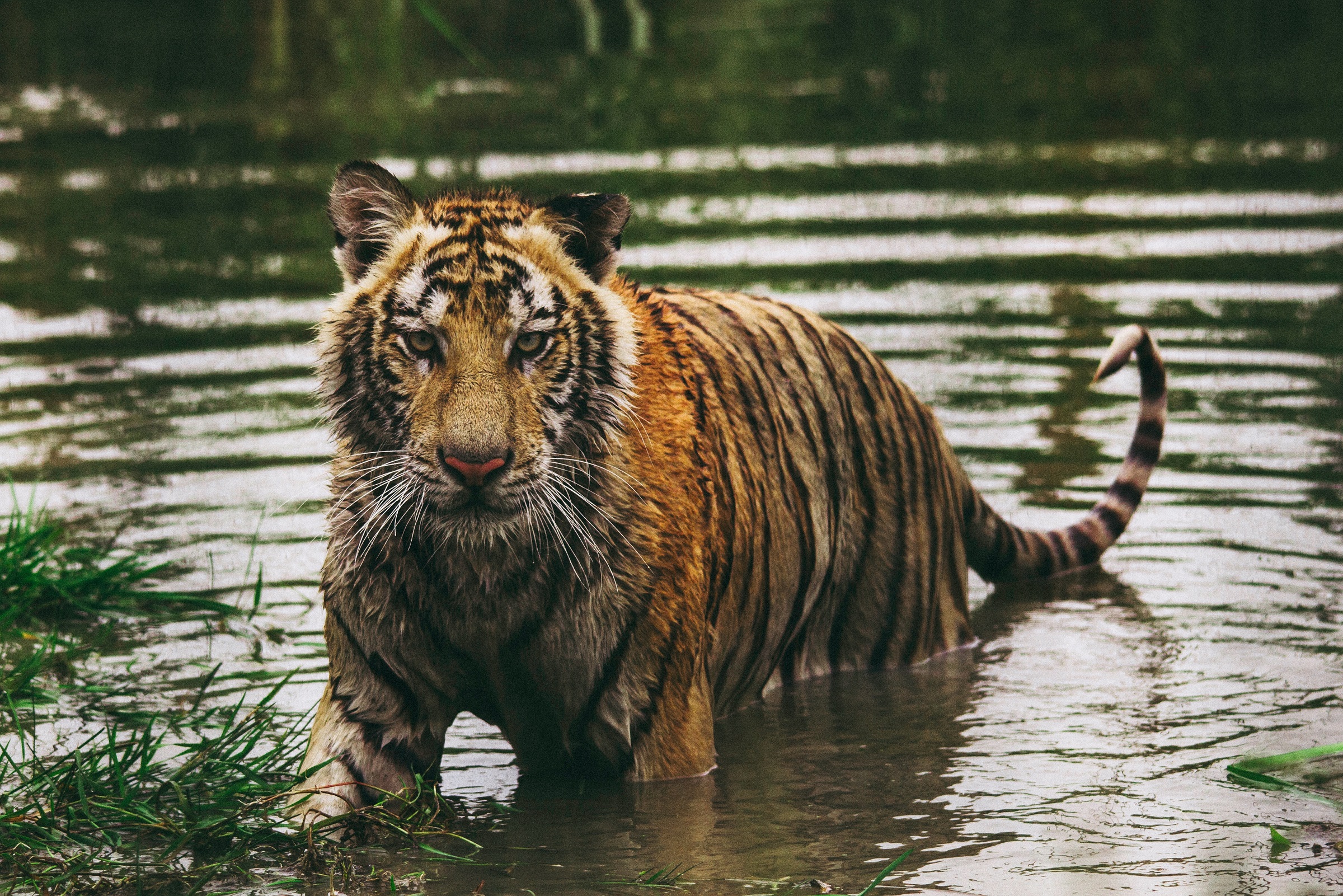Captive tigers in the U.S. have become the latest target of a misguided campaign aimed at saving their wild brethren. According to the World Wildlife Fund, perhaps 5,000 captive tigers live in the U.S., many of which are privately-owned pets – more than the estimated 3,200 that survive in Asia in the wild. WWF has called for a ban on private ownership of tigers and proposed various other laws at both federal and state levels to control the U.S. captive tiger population. Why? Because WWF fears that body parts from captive U.S. tigers may enter the illegal trade and “stimulate demand” in Asia, leading to further poaching of wild tigers.
WWF will no doubt celebrate the recent passing of a New Jersey Senate bill that establishes new strict in-state permitting requirements for captive tigers “to prevent their illegal trade.” This measure is being held up as a model for the rest of the country to follow. However, some New Jersey residents are skeptical about this bill and wonder whether this is not a misguided allocation of the state’s resources (see comments here). They are right to be skeptical.
First, a 2008 survey by TRAFFIC, the WWF-affiliated trade monitoring network, did not find any evidence whatsoever that U.S. captive tigers were involved in illegal trade in tiger parts. Second, a recent census by the U.S. Feline Conservation Federation documents only 2,884 tigers, most of which are found in licensed zoos and sanctuaries. Third, of those, only 24 are found in New Jersey, spread over 5 zoos. Even if body parts from those tigers did enter the trade (highly unlikely) the effect would be trivial.
Not only is the New Jersey bill of questionable relevance, its basic premise is also flawed. WWF’s assertion that body parts from U.S. captive tigers must be kept away from the market to protect wild tigers is in fact illogical. It assumes that if the supply of a product to the market is increased, the demand will automatically increase by an even larger amount, thereby leading to a price increase. This would make tiger products a retailer’s dream — a unique product that actually rises in price as supply increases.
In reality, if body parts from captive tigers were supplied to the market, their price would most likely drop (in line with basic principles of supply and demand). And lower prices would mean reduced rewards and incentives for poaching and illegal trade. The theoretical argument for trade stimulating demand is phony. What about empirical evidence? Conservationist Brendan Moyle analyzes data from the commercially-exploited Louisiana alligator population and finds no correlation to support WWF’s claimed relationship.
The argument that the U.S. captive tiger population poses any sort of threat to Asia’s wild tiger population is based on nothing more than dubious conjecture and WWF’s campaign probably amounts to little more than a waste of donors’ and taxpayers’ money.




